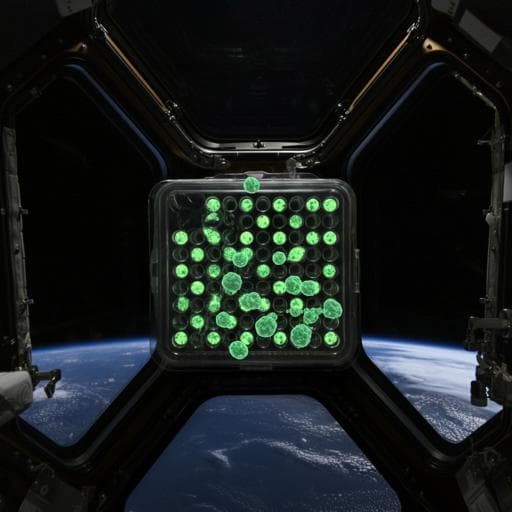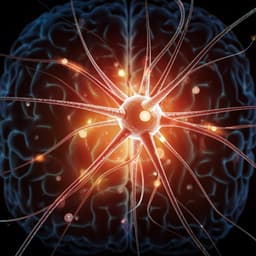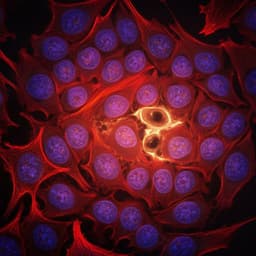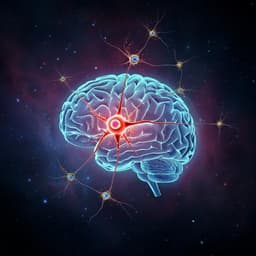
Space Sciences
Surface tension enables induced pluripotent stem cell culture in commercially available hardware during spaceflight
M. Mozneb, M. Arzt, et al.
This groundbreaking research, conducted by a team of experts including Maedeh Mozneb and Peggy A. Whitson, explores the effects of microgravity on human induced pluripotent stem cells and their derivatives, providing a foundation for future biomanufacturing experiments in space.
~3 min • Beginner • English
Related Publications
Explore these studies to deepen your understanding of the subject.







